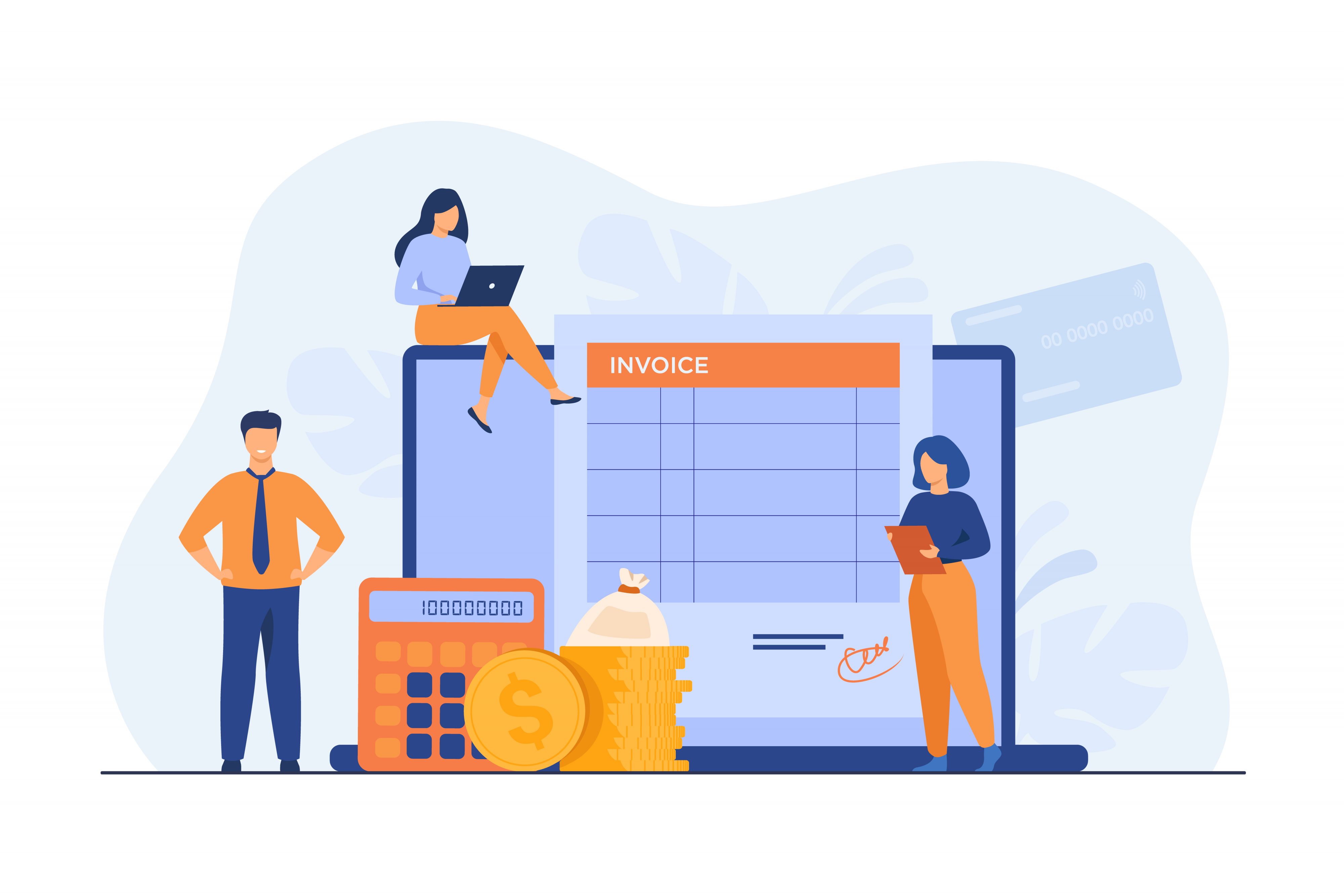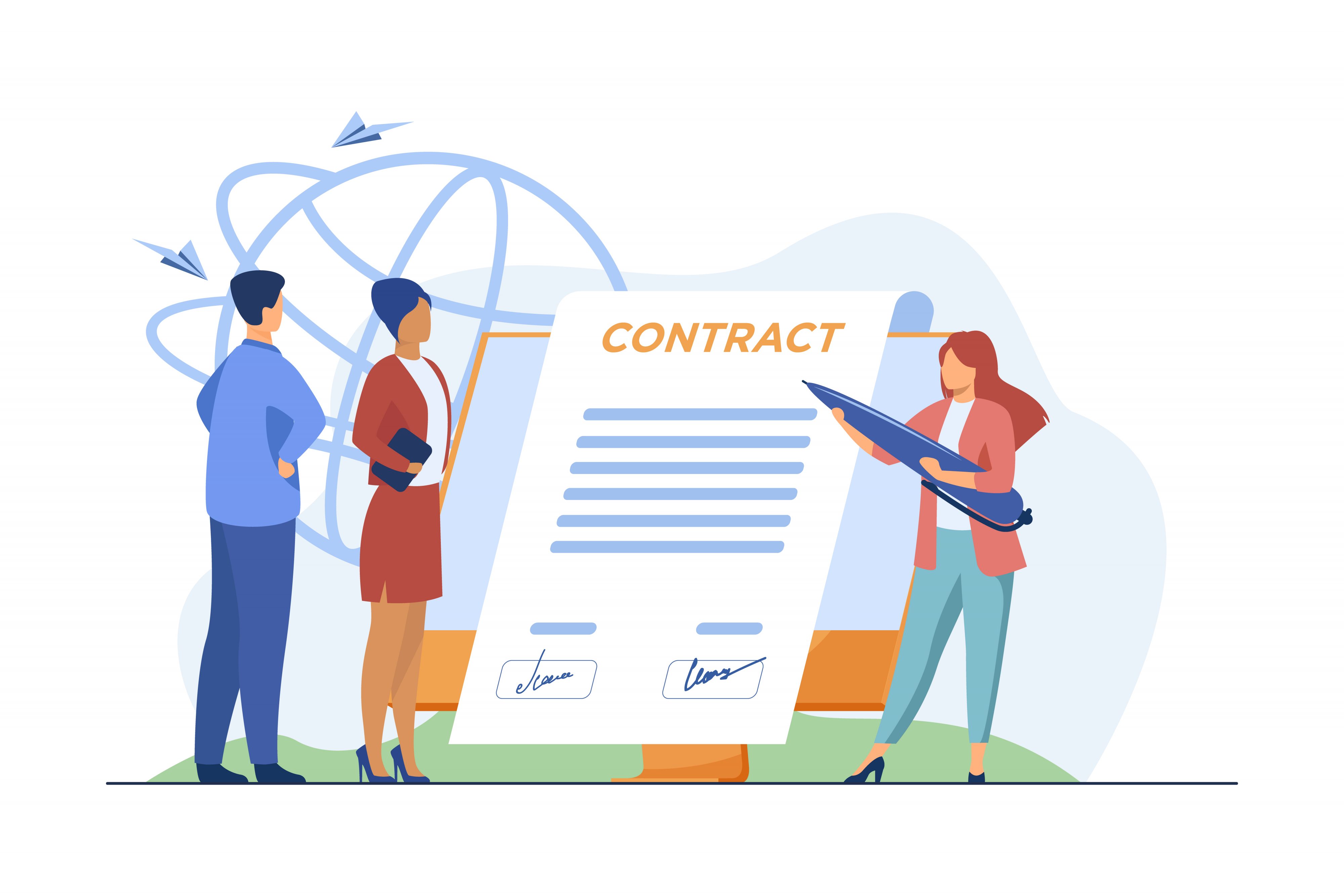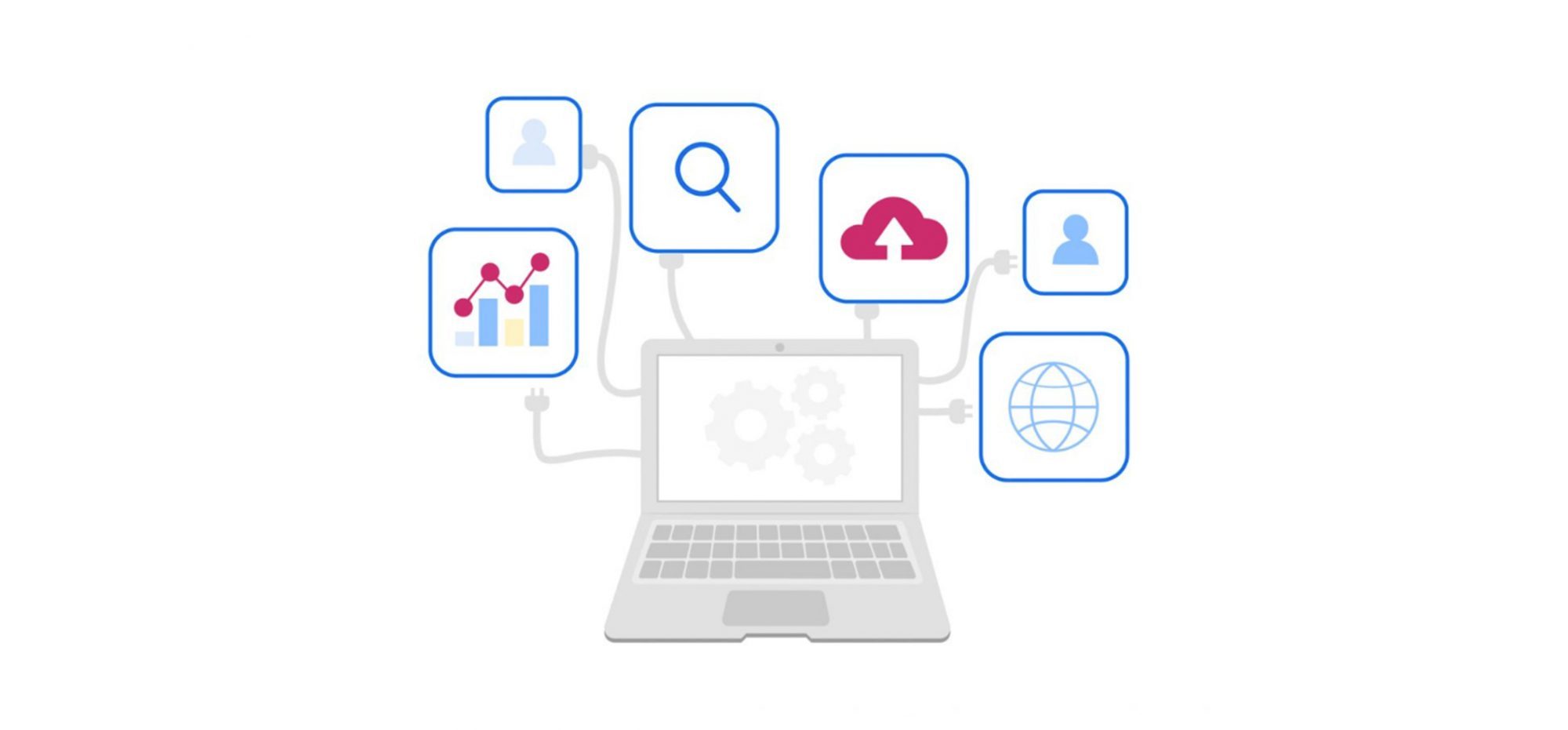Avvoka’s Partner Spotlight

“Relying on financial metrics as the sole justification for automation is short-sighted and self-defeating“
Keywords: ROI, document automation, law, technology, legal, innovation, financial metrics
In this article the main topics we will discuss are:
• Relying on financial metrics as the sole justification for automation is short-sighted and self-defeating
• How accurately demonstrable are the financial elements?
• What are these other “softer” benefits and how can we measure those?
• Quality and consistency
• Reduced precedent maintenance
• Increased job satisfaction
• Client retention/acquisition
• Winning different client work
• So how do I factor these in overall?

Our Partner lineup contains some of the world’s most experienced automation lawyers. Echo.legal is one of Avvoka’s expert partners. They provide consultancy services and solutions that help law firms and corporate legal teams successfully implement and scale their use of legal automation solutions.

Their team comprises some of the world’s leading specialists with expertise in every aspect of the automation project lifecycle. Julie Saliba and William Sumners are the authors of this blog post by our partner echo.legal.
Julie is Echo’s Client Services Director and has 20 years of experience in implementing automation projects for leading law firms and legal operations teams in the UK, Europe and the US. Julie joined Echo from Linklaters LLP where she gained extensive knowledge of automating complex documents for lawyer use as well as client-facing projects. Julie is a graduate of the University of Surrey

Will leads Echo’s client delivery, relationship management and service innovation and manages Echo’s day to day operations. When it comes to legal automation experience few people have greater expertise. He has led automation projects internationally working across a range of law firms and legal operations teams, interacting with all levels of those organisations. His mastery of detail and a methodological approach has driven a long track record of project success. Will Sumners joined Echo from Thomson Reuters where he was Director of Software Solutions Services. He is a graduate of the University of St Andrews.
Relying on financial metrics as the sole justification for automation is short-sighted and self-defeating
There has been much written about financial Return on Investment (RoI) for document automation projects including many calculations for measuring this, but is this missing the true value of automation? In this article, we will explain why purely focussing on financial metrics risks ignoring the fact that innovation lets us practise the law better and more efficiently.
But – financial benefits are important and demonstrable!
Financial benefits are an important element of the success criteria – budget holders will require some form of financial metrics to justify their spending. This is relatively easy for a commercial organisation where a time-saving in the cost of production of documents means sales cycles can be shortened and busy legal departments can offer self-service to the business. For law firms, however, reducing the cost of production is not always as straightforward a goal to aspire to since hourly billing is still at the heart of most traditional law firms’ operation and therefore cost savings do not necessarily translate directly to financial gains. Unless an alternative billing model is used for transactions, or there are significant obstacles impacting recovery rates, a purely financial justification for automation can be tricky.
How accurately demonstrable are the financial elements?

Nonetheless, it is a good place to start, and it all starts with time-saving. The basic calculation is centred around the time saved in generating an automated contract vs a manual version of the same contract, multiplied by the number of contracts created in a month/year:
(Time for manual draft – time for an automated draft) x no of contracts a month
Some go further and take account of the investment that is required to automate a precedent:
((Time for manual draft – time for an automated draft) x no of contracts a year) – time spent automating
Then build in additional factors that attempt to turn time- savings into financial benefits–
- Cost of drafter (consider that lower cost drafters could be used post-automation)
- Amortised licence fees of the automation platform (with the bonus of the spread licence cost dropping with each additional template)
- Additional Revenue – using the time saved to apply a notional figure for potential additional revenue that could be generated.
At the end of it all, this is modelling of a complex process where the underlying data points are constantly shifting – multiple drafters of differing values will touch a document, the licence costs and template numbers change, new revenue opportunities are not consistent. So while reducing the cost of production is a clear line, translation to improved profitability is not.
A degree of modelling is always worth doing, but in reality, the importance is not precise accuracy, it’s finding a broad measure of a project’s worth that aligns with your goals. Saving time should be a goal of the project, but the firm using that saved time to generate revenue is not an easy metric to measure.
What are these other, “softer” benefits and how can we measure those?
Beyond the time/cost/revenue equations, however, there are a broad range of benefits to the organisation and its individuals derived from automation. These, though traditionally considered “softer” benefits, are measurable and tangible.
Quality and consistency
One of the most compelling benefits is that of improved quality and consistency of first draft documents created from automated content compared to those produced by manual drafting. Automated content always has the same base starting point (not, as is common in manual drafting, a previous similar transaction). This can have a massive impact on risk reduction and ensure your documents have correct, complete and up-to-date language.
Measure metrics: an easy way to measure how much impact this has on your documents is to note the number of inconsistencies found in manual forms when automating them. Removing those in the automated contract means those inconsistencies will be removed from all documents going forward.

Reduced precedent maintenance
All precedents will need some form of maintenance – whether that is adhering to the latest regulations or changes in the law. For certain types of documents where many versions can be consolidated, there are gains to be made maintaining a smaller set of automated precedents. Maintaining a range of varied precedents and riders can in fact be significantly more work than maintaining an amalgamated template.
Measure metrics: it may be possible to compare the time taken on maintaining precedents (eg using historical data from your time recording system) compared to maintaining automated documents.
Increased job satisfaction
The Legal industry along with many others at this time is being affected by what is being named “The Great Resignation”. Not many lawyers took their chosen career path out of a deeply rooted love of preparing first drafts of contracts. Reducing the mundane elements of lawyers’ working lives in practice makes them happier and more engaged; it helps attract top talent to the firm and drives productivity through their being time spent on higher-value areas.
Measure metrics: consider surveying lawyers to produce quantifiable metrics before and after the project. Consider a mix of general questions – what are your least/most favourite elements of the role, overall job satisfaction levels, and more specific – do you spend too much time drafting, where would you most like to see technology deliver quality of life benefits to you?

Client retention/acquisition
Clients increasingly want enhanced turn-around times and more transparency in their billing, and automation can help deliver on both points. As automation proliferates, it is becoming more commonplace for clients to demand its use in work, and more challenging for firms to justify why clients should pay for manual drafting. We’ve heard of several organisations that make use of such technology a pre-requisite for being on their panel. Using automation and workflow processes to solve specific client problems can also help embed a law firm into a client’s day-to-day activities.
Measure metrics: keep a record of all the times clients have requested information on automation capabilities during a pitch process. Where pitching and building automation into the proposal, ask clients about the impact it made. For billing, look at whether you have reduced write-downs in drafting across areas using automation, or if there are fewer challenges in billing reviews.
Winning different client work
We have heard of many occasions where automation has helped bring different types of transactions into the Firm – either from a client who would normally go elsewhere for a specific type of (lower-value) transaction or who wants to bring standard ancillary documents into the transaction where there is not much margin for the firm manually producing them. Once automated, documents can be charged on a fixed fee basis meaning once the time for automation is paid for, any further transactions will have a high RoI.
Measure metrics: keep a record of client-specific documents that are automated for transactions not usually done for the firm. Charging on a fixed fee basis will mean the financial gains will be easily calculable. Use the time-saving calculations to assess whether new types of work could be carried out where previously deemed unprofitable.
So how do I factor these in overall?
Marrying these various factors together is not straightforward, since they cover a variety of measurements ranging from maintenance effort to emotional state. Some choose not to measure them holistically at all. Instead, accepting the general value of automation, they target specific points that align to the organisation’s broader strategy such as:
- Employee focus – looking at areas with high turnover or low satisfaction, using automation to improve the general operating model.
- Expansion focus – using automation across a transactional area to drive competitiveness and capability, or attract new clients.
- Client focus – delivering automation that supports one or more key clients to improve relationships and retention through innovation.
Others look to build a view of justifying automation projects based on a composite score rather than time-saving alone. This method assigns values to the various components based on how much the firm values the different benefits.

In summary, automation has delivered proven benefits to many firms and corporate legal departments, and its continued growth and the proliferation of automation tools in the market is testament to this. It is wrong, however, to think that financial benefits are the sole reason behind this: automation enables organisations to deliver better and faster while creating quality of life improvements for the lawyers who use them. Benefits that are not time/cost-based are just as measurable, but a little more creativity (and humanity) is needed in how we measure them.
Did you know that automation with Avvoka can be intuitive and easy to use but yet powerful? Unlike legacy automation tools, there’s no complex Word coding required. Get started with a free trial and experience it yourself.





